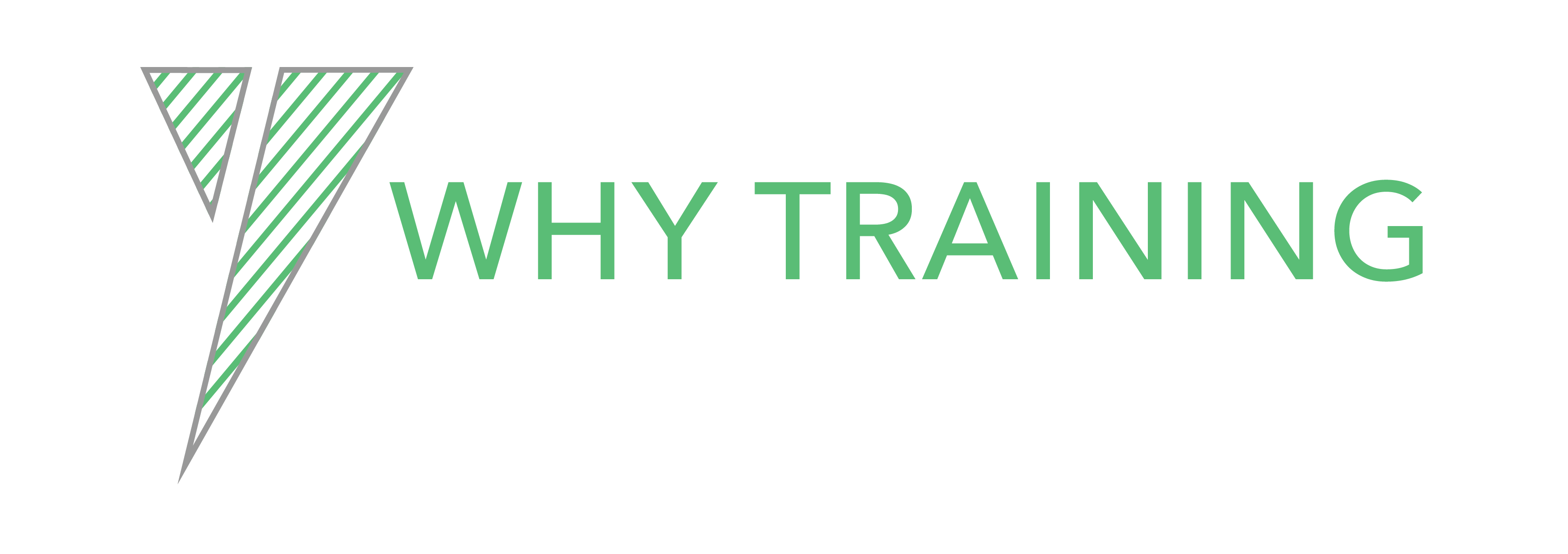Recent global events have necessitated a shift in the way training is currently delivered. Gathering learners in the same physical location is, for obvious reasons, something of a challenge right now, but reposition your thinking a little and the current climate can be the perfect opportunity to try something new. It could be the chance you’ve been waiting for to engage in a totally different way. Whether you’re just starting out on your learning journey or an old hand, we hope these tips will help you to create and deliver some meaningful and beneficial training in these unusual times.
Consider the mind, spirit, and body.
Training, be it virtual or otherwise, primarily has one objective, to change behavior. In its broadest terms, organizational change arises when people do things differently. That means not just passing on information, but also creating the desire and ability to use it. In short, to be successful learning needs to be; understood (mind), felt (spirit), and acted upon (body).
If learning, particularly in the digital context neglects any of these elements’ success may be elusive. Think of it as a three-leg stool, if anyone of the legs isn’t there the stool can’t stand up.
Distance learning is good at engaging the mind when it delivers information in logical “chunks” that help learners understand what they should be doing.
To engage the spirit, there are lots of options available and the key is knowing what really works for your learners and then showing it, instead of just telling it. For example, a ‘Town Hall’ session by the Chief Executive can reiterate the importance of what’s being learned from a commercial perspective and contributes to the learner’s sense of belonging. Or an emotive story from a customer’s perspective can be enough to motivate change through a desire to make life better for others.
Engaging the body is all about practice, practice, practice. Does your program provide learners with the chance to try new things and apply their new skills? Does it show them the consequences and outcomes of their actions in a safe environment? Realistic scenario-based questioning is a powerful way to achieve this. Other techniques include group and 1:1 roleplay, or offline study materials that learners can access in their own time.
Experiment with different approaches and formats.
One of the biggest advantages of digital distance learning is the sheer number of different formats available so you can choose the approach that is best suited to your content and message, here are a few examples:
| Approach | Works best for … |
| eLearning Courses | Delivering almost any kind of content in bite-size pieces, using interactive elements to encourage engagement and active thinking. |
| Video and animation | Communicating stories to build empathy, demonstrating why a concept is important through real-life scenarios. |
| Games | Add an element of fun by offering rewards (or penalties) to learners when they demonstrate the practical use of a new skill or behavior. |
| Live webinars | Teaching an overview of a concept in an interactive environment, allowing learners to ask questions directly to the facilitator, responding to polls, providing input, encouraging debate. |
| Recorded lessons | Taking concepts to a deeper level but with the opportunity for learners to follow along at their own pace, take breaks, and complete offline activities alongside the digital input. |
| Virtual reality | VR simulation, when something can only truly be understood by being ‘present’ in a particular environment or seen through someone else’s eyes (think flight simulation training for pilots) |
Each of these approaches has its own set of ‘off-shoots’ to explore. Video for example; could you make a short teaser that gets people warmed up and wanting to find out more about your content? Maybe a documentary-style video that dives deep into a topic and explores real stories to both entertain and get people thinking (think Tiger King?) Or could it be interactive storytelling where the learner is part of the decision-making process.
In summary, don’t feel like you’re limited to just one delivery approach. Use different forms that connect with and engage your audience, while emphasizing your content.
Consider the journey in its entirety
Talking about learning as a journey may sound a bit too … fluffy for some, but the reality is, it’s exactly that, a journey! Learning something new is rarely a one-off event. It’s a process that involves taking onboard information from multiple sources, then forming and reforming that into knowledge that can be applied in the relevant context.
When it comes to content for distance learning it’s important to set realistic goals for this learning opportunity. What I’m learning has to be leading me somewhere, towards a new ability, a skill, an achievement that’s relevant to what I do or what interests me. Without the physical environment of the training room, we need to ensure that our content is pushing towards these goals, now more than ever.
Ways to achieve this include:
- Be clear about the purpose and outcomes of the training from the outset and reiterate that message regularly.
- Ask the learner to record their level of competence before the training, then replay that to them at the end so they see how far they’ve come.
- Break the training down into easily digestible bite sizes pieces, each with smaller objectives that contribute to the overall learning goal.
- Provide the learner with regular opportunities to show their knowledge through quick quizzes and performance feedback.
- Ensure that every bit of content you cover has a clear and direct link to the overall learning objective. Learners should never be asking “Why am I doing this?”
- Conclude the training by restating the purpose and summarizing the new skills and knowledge the learners have gained.
Sorry, we don’t do ‘passive’ here!
Think about the journey your learners are about to undertake. Is it passive or participative? for example;
A passive task is “watch this”, “read that” or “answer these questions.” It’s an activity that lacks a defined purpose and inevitably raises the question “Why?”.
An active task is more along the lines of like “find out what you can about this, and then…” or “analyze the customer feedback so that you can…”. These types of activities make it clear to me why I’m doing it and the purpose it serves in the context of my learning journey.
To be clear, it’s not just a matter of re-wording a task description and saying that it’s active; the learner has to be able to see this as part of the bigger picture that will ultimately lead them towards their learning objectives.
(Don’t) give it everything you’ve got
This may sound a bit counter-intuitive but when it comes to distance learning is completely justified and acceptable. It’s very tempting to think of a digital course, especially eLearning, as ‘lets through it in there and see if it sticks’ when it comes to the content. In a word, don’t!
In a traditional classroom format, it’s unlikely that you’d give each learner an entire 95 -page SOP manual to read. In the digital realm though, technically (and ethically) speaking, you can. It’s just bits and bytes after all. But in reality, you probably shouldn’t. An overload of information often leads to poor retention and lower engagement, distance learners value the input most when the level is ‘just about right’.
For every element of content, you include, be it text, video, audio, or anything else, ask yourself whether your learners absolutely need it. If you’re unable to answer with a resounding yes! then you to think about removing or replacing.
Finally, …
Remote digital learning doesn’t have to be painful but getting your own blend and mix just right can take time. The trick is to be patient and try lots of different things. These unprecedented times can be the perfect ‘litmus test’ for your digital learning design ideas. Regardless of whether this is your first foray into the wonderful world of digital learning, or you’ve already ‘been there and done that’ we hope these tips have given you food for thought and will help in your own digital learning journey.

